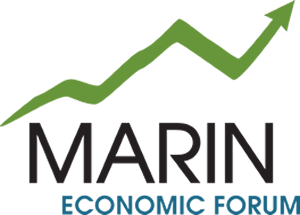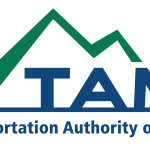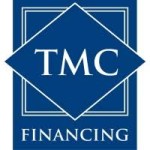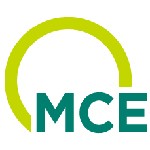9/20 Blog Topic: COVID-19 Economic Impacts Demonstrate the Need for a Resilient Economy
September, 2020
| From an economic standpoint, Marin County is often envied. Our annual gross regional product (a measure of all economic activity in the county) is over $20 billion annually derived from a diverse group of sectors. Our median household income stands at $122,933, almost $50,000 more per household than the national average (2018). Our educational attainment, where 93% of residents have a high school degree and 60% have a bachelor’s degree, is superior to both the national and state average. The life expectancy of residents stands at 83.8 years, ranking Marin #1 in the State of California, an honor the county has upheld for 8 years running (by 2018). In general, and as noted by this organization many times, Marin County fares better economically relative to the State of California – which I remind you has an economy that would rank 5th largest in the world. |
| Despite this data, COVID-19 impacts on the Marin economy are worse than the state averages in certain categories, according to data we shared in the latest “Marin Economic Briefing.” For example:According to the Opportunity Insights Economic Tracker, a project that aggregates various data sources, small business revenues in Marin County are down a whopping 40.2% compared to just 16% at the state level from January 15, 2020.The total non-farm jobs losses since July 2019 exceed the statewide average in % terms (-11.3% in Marin County vs. -9.5% statewide). Looking further at job loss, as of the end of July 2020, over 7,700 people have left the labor force in Marin County, neither working nor collecting unemployment insurance. This works out to 5.4% of our labor force, which is almost double the 3% rate of the state. Compared to state averages, more Marin residents are losing their jobs or exiting the labor market entirely.The third area where Marin is performing worse than the state is in COVID-19 cases, specifically, who in our community is contracting the virus. It has already been well documented by the Canal Alliance that the Latino population in Marin County has been disproportionately affected by COVID-19, with 75% of the cases among just 16% our population. The case rate among Latino’s in Marin is at least 14% higher than the next county in California, which is Napa (57%), but Napa’s Latino population is more than double the proportion of residents relative to Marin County, at 35%. |
| So how did we get here? Once again, the data offers a potential answer. Marin County is overwhelmingly an economy of small, micro-businesses, with 40% of our 14,000+ businesses having fewer than 4 employees. Typically, such small companies are not in great positions to withstand a cash crisis and maintain payroll, so that explains some of the higher relative job loss. Further, MEF found that half of all employment in the county is in personal service sectors (retail, restaurants, construction, hotels, salons, gyms, real estate) putting those jobs at high risk from a shut-down, and that is exactly what happened when we review state unemployment data for job loss by sector. Second, the personal services sector traditionally accounts for over 50% of total gross regional product in Marin County. So, the high proportion of those companies in our economy relative to the state explains the big difference in small business revenue declines. Finally, the high case rate among our Latino population is in part due to the “essential” work they perform in our economy, which is concentrated in low-wage jobs that serve the resident population. Their need to continue working to keep the economy from a complete shut-down meant they were at higher risk to contract the virus. From one perspective, Marin County’s economic impacts from COVID-19 are the result of an economy highly dependent on the local market. Once that market was disrupted, a large portion of our economy (revenues, jobs) was lost. In economic terms, one could say our economy was not organized to be “resilient”, meaning we could withstand shocks. What this means going forward for MEF is that while our short term recovery must restore the economic activity our existing businesses can achieve, longer term the county will benefit from a more diverse industry mix that provides goods and services beyond our county borders. |
Mike Blakeley, CEO
Marin Economic Forum
Tags: blog














